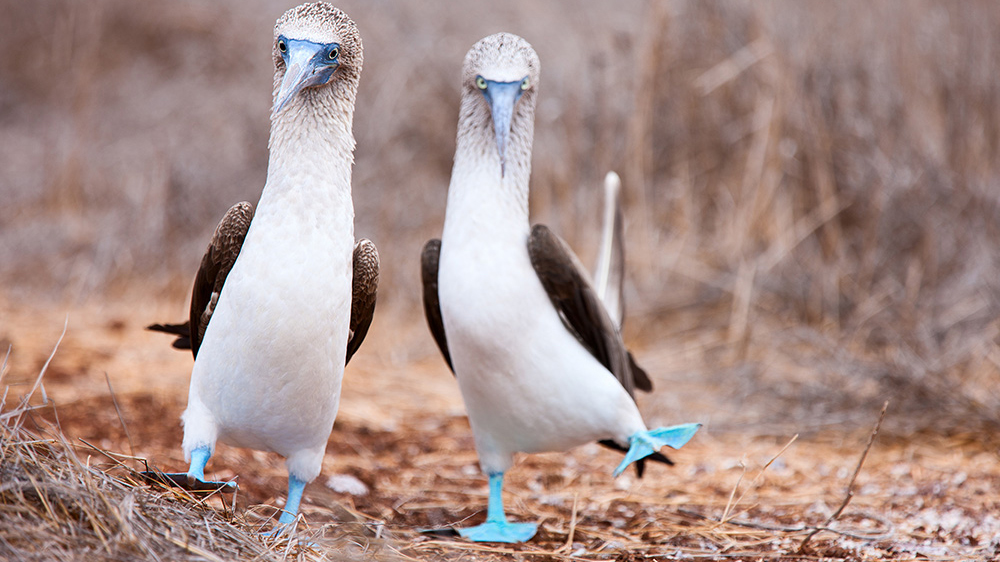
Blue-footed boobies of the Sea of Cortez
Blue-footed boobies are not typically found in areas as far north as the Sea of Cortez. While they are commonly found along the Pacific coast of Central and South America, including in the Galápagos Islands, their range does not normally extend as far north as the Sea of Cortez. And yet, we have a blue-footed rookery of approximately 5,000 birds on Gaviota island, within the Bay of La Paz, which locals refer to as Boobie island. See related article: Gaviota Island & Lovers Cove.
There are many other species of marine birds that call the region home. These include brown pelicans, cormorants, frigatebirds, and a variety of gulls and terns. Like blue-footed boobies, these birds are adapted to life in a marine environment and play an important role in the ecosystem of the Sea of Cortez.
The fact that the Bay of La Paz hosts such a large rookery of blue-footed boobies is a testament to the region's rich marine ecosystem and the importance of preserving it. Blue-footed boobies are known to nest in colonies or rookeries, where they gather in large numbers to breed and raise their chicks. Here are some of their characteristics:
1. Appearance: Blue-footed boobies are easily recognizable by their bright blue feet and distinctive facial features. They have long, pointed wings and a streamlined body shape, with white feathers on their underside and brown feathers on their back.
2. Size: They are medium-sized birds, measuring around 32-34 inches in length and weighing around 2-3 pounds.
3. Diet: They are carnivorous birds and feed primarily on fish, especially anchovies and sardines. They hunt by diving into the water from heights of up to 80 feet (24 meters).
4. Breeding: They are monogamous birds and breed in colonies on rocky islands and cliffs along costal waters. They perform elaborate courtship dances, displaying their blue feet and spreading their wings to attract a mate.
We are Baja Charters
Follow Us on Social Media